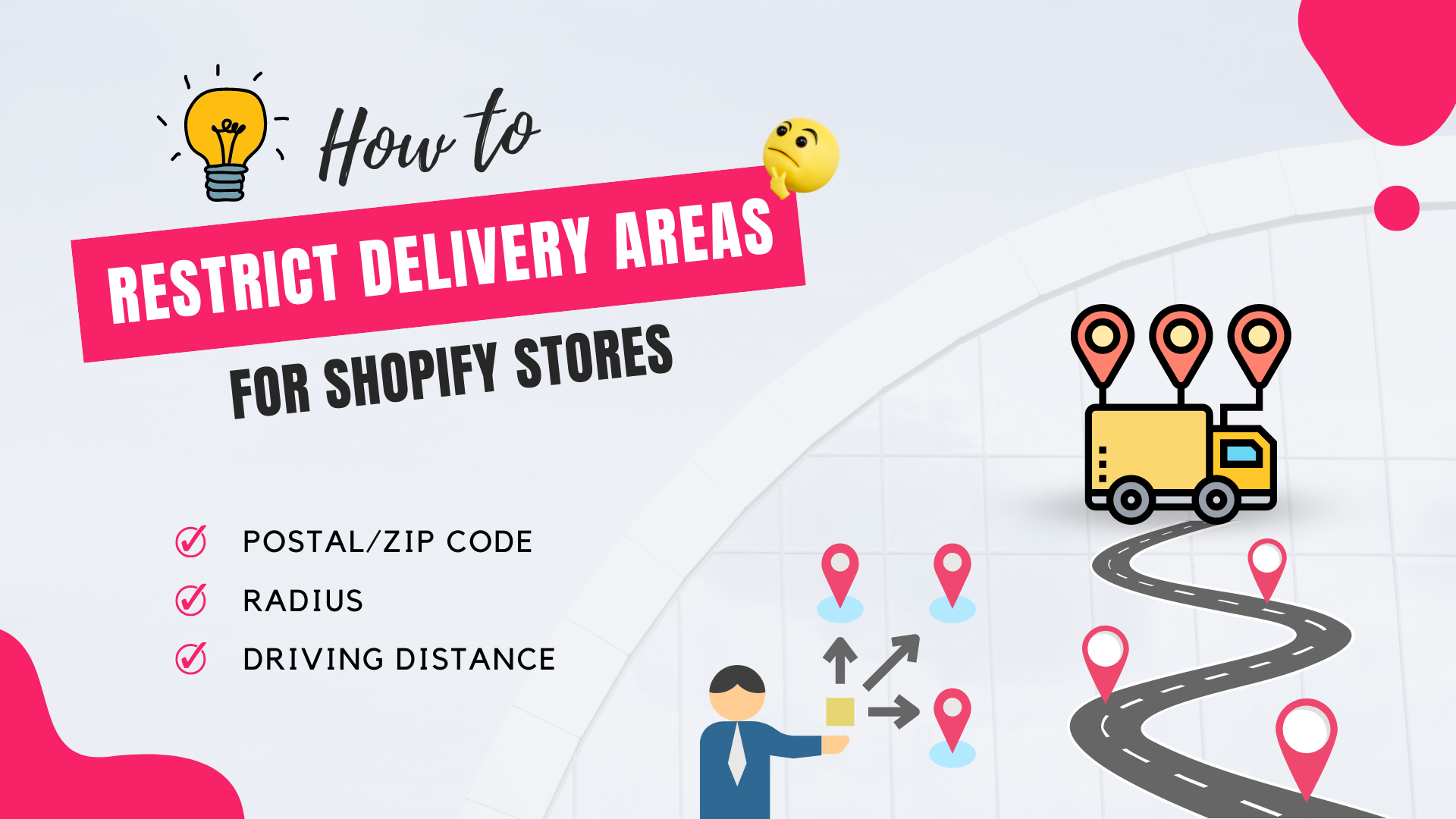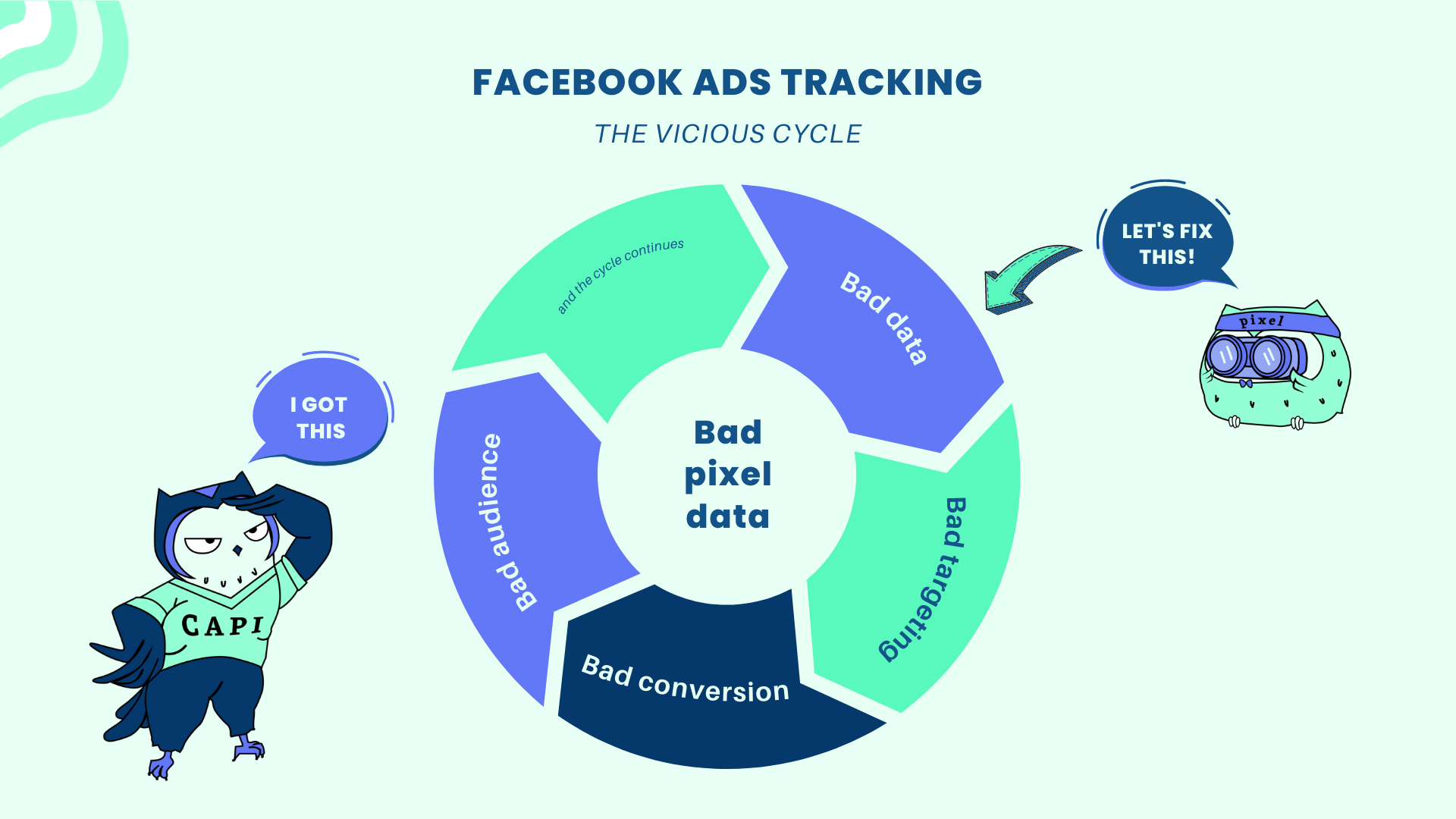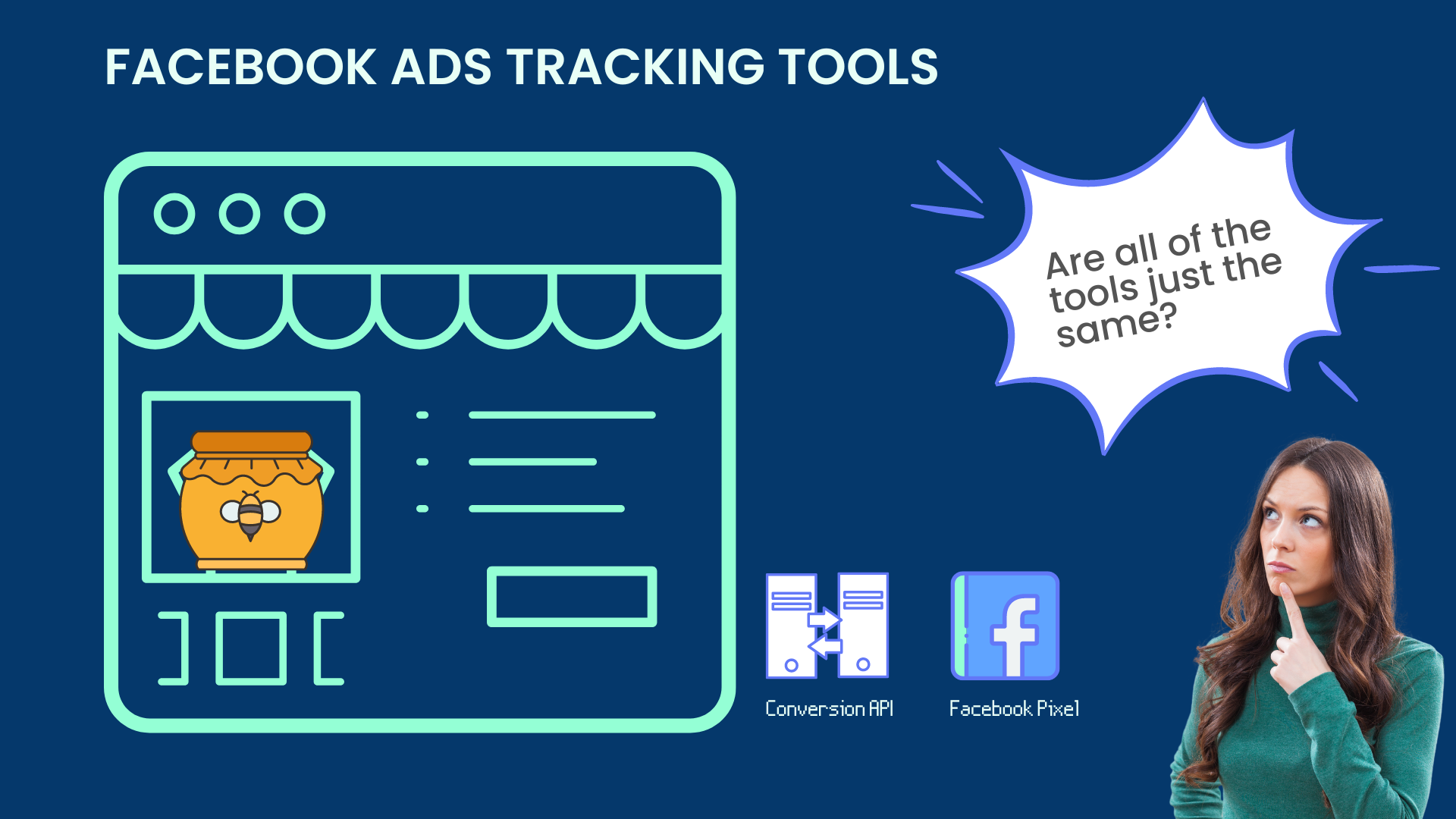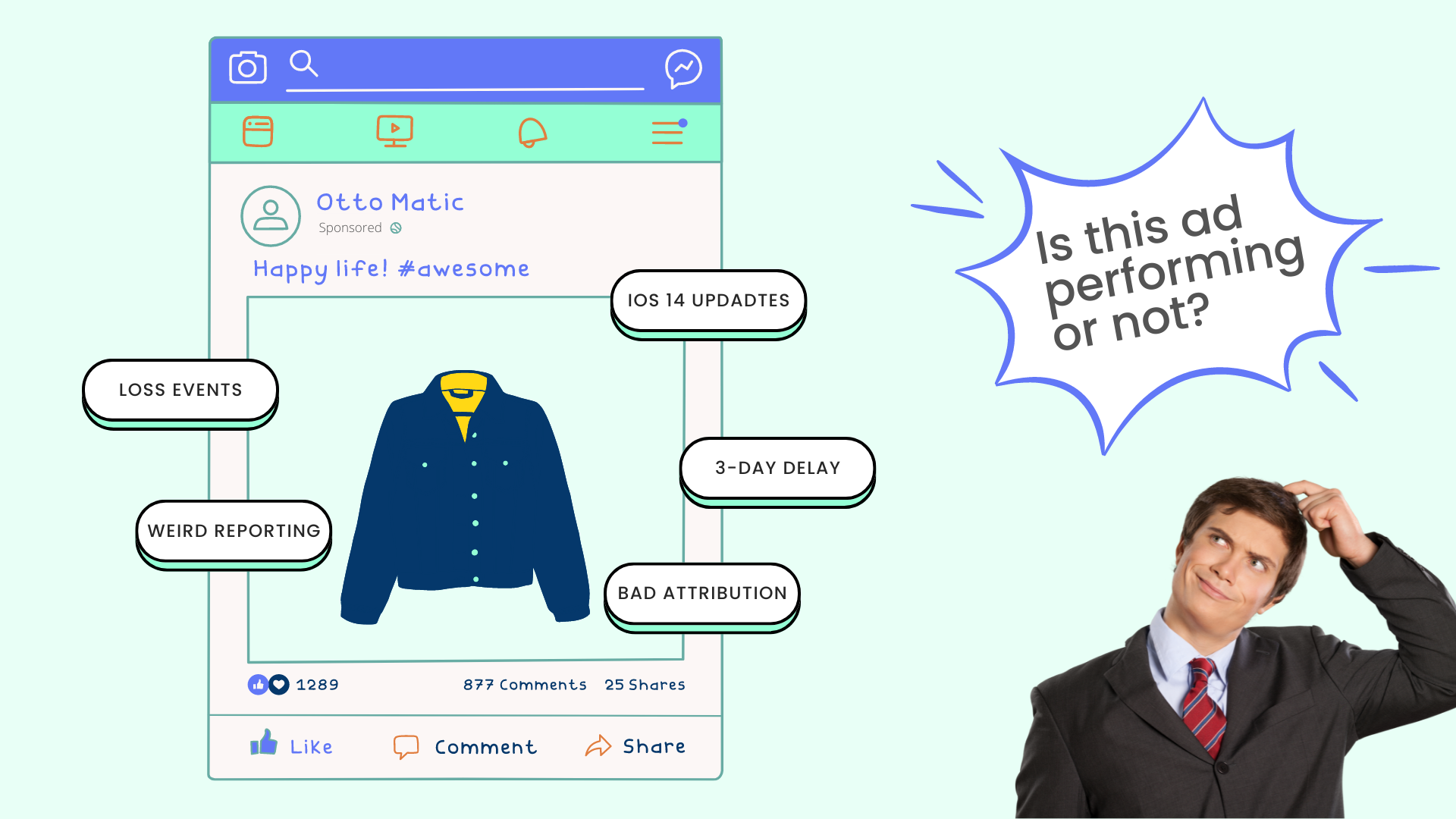This article will show you how to change Shipping settings in Shopify and use a Shopify app to limit locations to which deliveries are permitted.
Blog
When you're just starting out, everything demands attention. Doing audience research, product research, making killer ad copies, and spying on others' ads, you name it.
When it comes to tracking, especially the nitty-gritty details of the tech, not everyone has the time to care. But folks can't neglect the quality of the data they share with Facebook either.
Read on to find out why, despite your jam-packed schedule, you should carve out some time to take care of the data you send to Facebook via the pixel.
This article will address all of your inquiries on the scheduled delivery and simple steps to set it up in Shopify stores
You’ll grab:
- What the scheduled delivery is and how to set it up basically
- Why you should make it part of your delivery offer
- How to offer scheduled delivery with DingDoong app
If you are finding an ideal solution to power your business, let’s enjoy the article.
It doesn’t take a genius to get the gist of what Facebook Pixel and Conversion API is.
But that’s just what’s on the surface. Like it or loathe it, it gets a bit technical here and there to confidently pick a Facebook Ads tracking solution and know that it’s worth it.
If you’re a one-man business owner, there is no time for that. This article keeps everything technical to the 5-year-old level while still offering clarity into what’s best for your business and why.
The IOS 14 and Apple's App Tracking Transparency have been around for more than 2 years.
But marketers are still grappling with it.
There is no doubt about how horrible data absence is for your business. But did you know there is even a worse mix?
Absence + delay + changes to attribution = recipe for disaster.
If these seem new to you, read on to find out the effects and what you can do about them. Because you can't afford to wait any longer.





